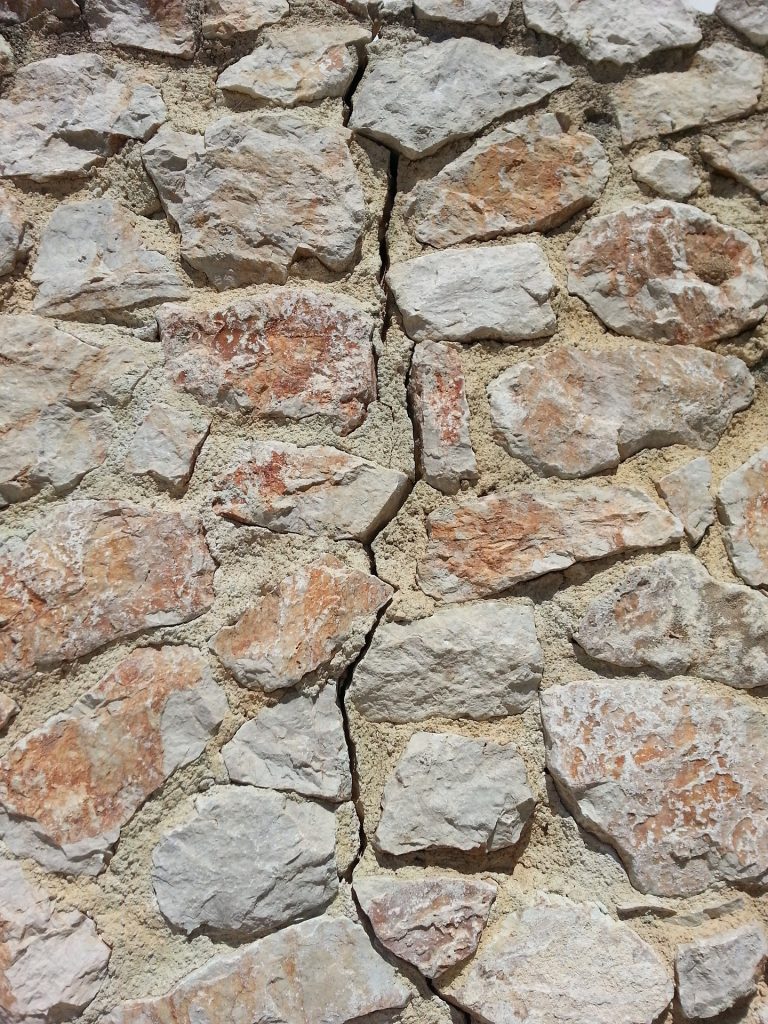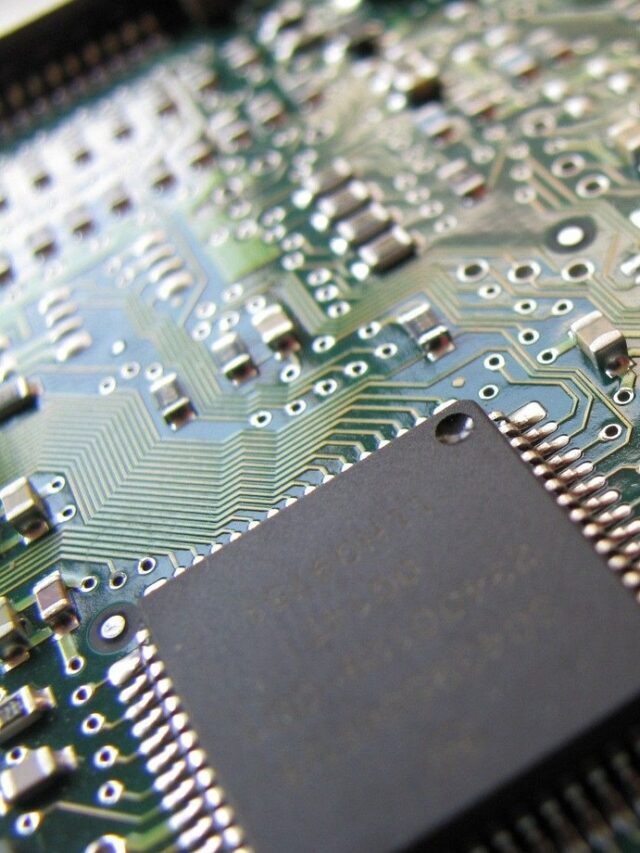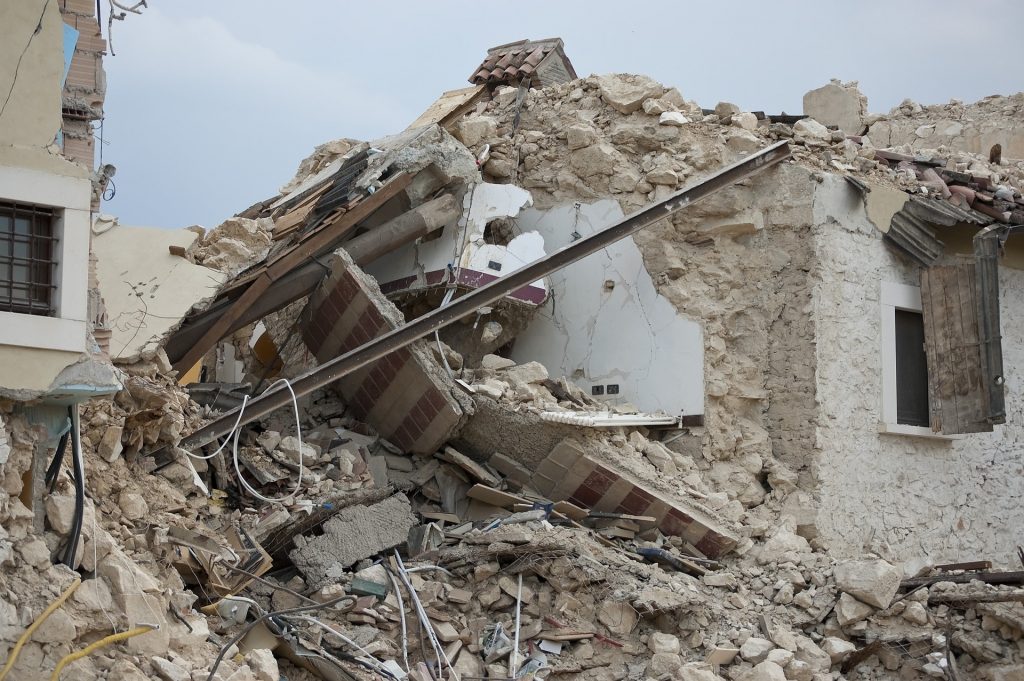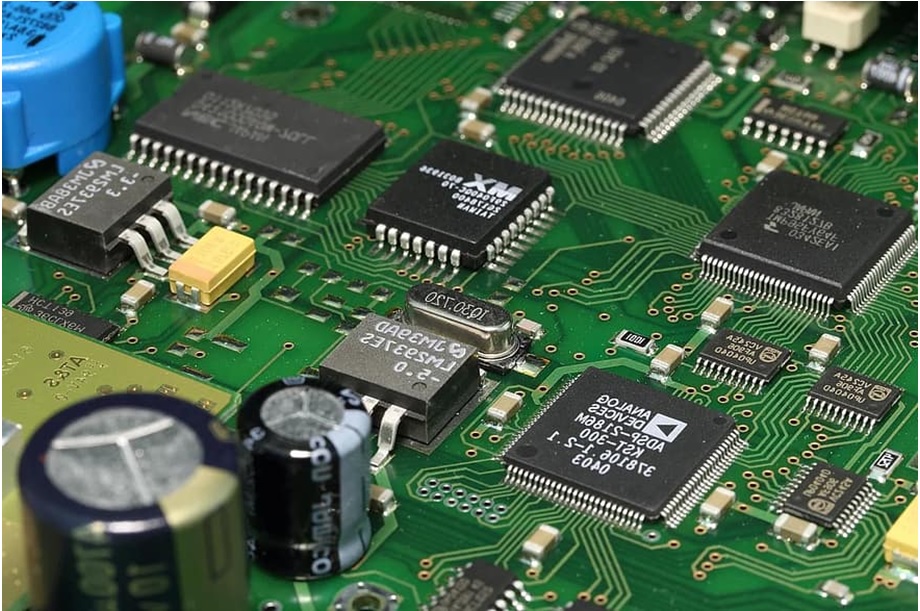An earthquake measuring 4.8 on the Richter scale struck near Ambikapur in Chhattisgarh on Friday morning, the National Center for Seismology said. The earthquake struck at 5:28 am, 65 km west-northwest of Ambikapur.
The epicenter of the earthquake was at latitude 23.33 and longitude 82.58 and a depth of 10 km underground. No damage to property or loss of life was reported.
“Magnitude: 4.8 Earthquake occurred on 14/10/2022, 05:28:23 IST, Lat: 23.33 & Long: 82.58, Depth: 10 km, Location: 65 km WNW of Ambikapur, Chhattisgarh, people tweeted early this morning.
Some regions of other countries such as Nepal and China also may get affected.

“Local officials have been instructed to monitor the situation closely and report if damage has been caused,” he said. According to a preliminary report, two SECL employees who were in its Charcha underground coal mines sustained minor injuries when they fell down while trying to get out after feeling tremors, the Collector said.
An SECL official said the two injured employees were taken to a local hospital from where they were referred to a private hospital in Bilaspur district for further treatment. According to him, their condition was out of danger, he added.
Ambikapur is well connected by road to other major cities of Chhattisgarh such as Raipur, Bilaspur, Durg, Bhilai, Korba and Raigarh. Daily bus services also ply to Varanasi, Renukoot in U.P (170 km), Raipur (345 km) and Gadhwa road in Jharkhand (160 km).
What is an Earthquake ?
An earthquake is what happens when two blocks of earth suddenly slide past each other. The surface where they slide is called a fault or fault plane. The place below the Earth’s surface where an earthquake starts is called the hypocenter, and the place directly above it on the Earth’s surface is called the epicenter.
Sometimes earthquakes have predictions. These are smaller earthquakes that occur in the same location as a larger earthquake that follows. Scientists cannot say that an earthquake is a prediction until a larger earthquake occurs. The largest, main earthquake is called a mainshock. Mainshocks always have aftershocks that follow. These are smaller earthquakes that subsequently occur in the same location as the main shock. Depending on the size of the main shock, aftershocks can continue for weeks, months, and even years after the main shock.
Where do Earthquake Happen?
The earth has four major layers: the inner core, outer core, mantle and crust. The crust and the top of the mantle make up a thin skin on the surface of our planet.
But this skin is not all in one piece – it is made up of many pieces like a puzzle covering the surface of the earth. Not only that, but these puzzle pieces keep slowly moving around, sliding past one another and bumping into each other. We call these puzzle pieces tectonic plates, and the edges of the plates are called the plate boundaries. The plate boundaries are made up of many faults, and most of the earthquakes around the world occur on these faults. Since the edges of the plates are rough, they get stuck while the rest of the plate keeps moving. Finally, when the plate has moved far enough, the edges unstick on one of the faults and there is an earthquake.










